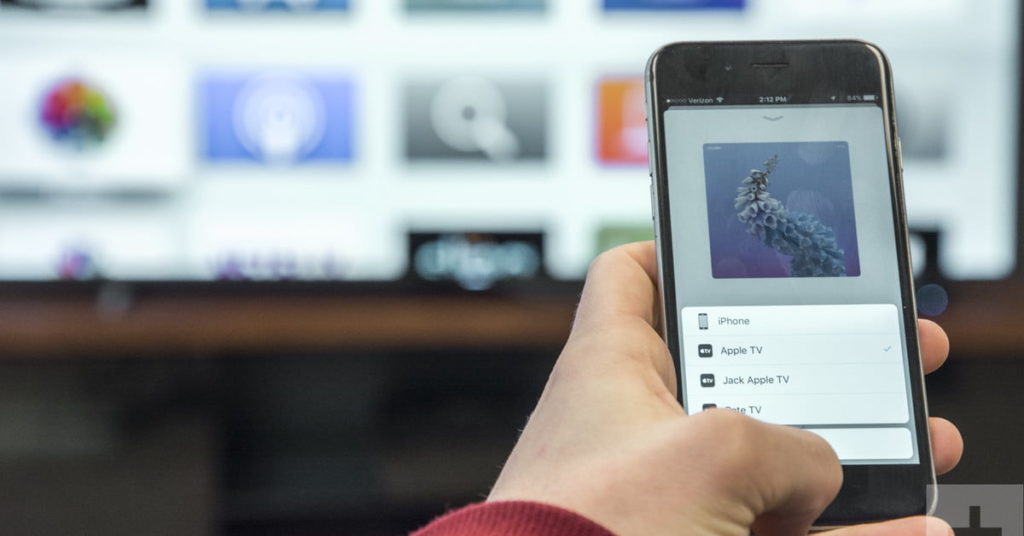Apple AirPlay 2.0 Explained: Everything You Need to Know
At its 2017 Worldwide Developers Conference, Apple announced iOS 11, which went live in October of that year. During the jam-packed event, Apple also unveiled the HomePod speaker, MacOS High Sierra, and a robust lineup of shiny new computers. Amid all that big news, the reveal of a brand-new wireless protocol, AirPlay 2.0, slipped under the radar.
And that’s understandable. After all, it’s easier to be excited about tangible products than small protocol updates. Still, especially for those deeply invested in the Apple ecosystem, AirPlay 2 was a bit of a game changer. It not only allows Apple fans to send images, video, and more through the air over Wi-Fi, but also gives supported speakers Sonos-like powers to create a whole-home audio network.
After a few months in development limbo, AirPlay 2 finally arrived, providing Apple device users with a bunch of exciting new listening options.
With that in mind, we’re here to explain it all, Clarissa style. Keep on reading to learn everything you need to know (and probably some stuff you don’t) about Apple AirPlay 2.
What is AirPlay anyway?
Originally debuting back in 2004 as AirTunes, AirPlay is Apple’s proprietary, wireless protocol suite designed to allow users to “throw” audio and video signals from one “sender” device to one “receiver” device. Streamed content can include music, video, photos, and screen sharing, all of which retains its metadata when sent via AirPlay.
“Sender” devices include the following: computers running iTunes; iOS devices (iOS 4.2 or higher) including iPhones, iPods, and iPads; and Mac computers running MacOS Mountain Lion or later (depending upon the processor). “Receiver” devices include the following: AirPort Express routers, Apple TVs, Apple’s HomePod speakers, and a litany of supported third-party speakers.
If the above sounds a bit too technical, here’s the bottom line: AirPlay allows you to take images, audio, and/or video from one device (typically smaller) and play it through another (typically larger) device. With AirPlay, you can also “mirror” your device’s screen so others can see exactly what’s displayed on the “sender” device
Something to keep in mind: Speaker companies often bump up the price on AirPlay-enabled products, due to licensing fees.
What does AirPlay 2 do?
In short, AirPlay 2 adds the ability to allow Apple’s HomeKit to communicate with speakers, which adds multiroom functionality, enabling users to send audio to multiple supported “receiver” devices (read: speakers) at once. This might seem like a shot across the bow of Sonos, everyone’s favorite multi-space audio company, but Sonos has already pledged support for AirPlay 2, so you’ll be able to stream your favorite tunes to a Sonos One and a HomePod simultaneously, should that strike your fancy. As with the Google Home app, the mission control app for Chromecast devices, you’ll use the iOS Home app to label and organize your different speakers.
AirPlay 2 is baked into both iOS 11 and MacOS 10.13 High Sierra, so whether you’re using an Apple mobile device or computer, you’ll have full control of audio playback. The same goes for the Apple TV and Apple TV 4K streaming devices. TvOS 11 (launched in fall 2017) turns your Apple TV into a “sender” device as well as a “receiver” device, so if you’ve got a traditional audio system hooked up to the Apple TV, that will become part of the AirPlay ecosystem as well, even if the speakers don’t support Airplay 2 directly.
As AirPlay 2 is an open API, any developer or manufacturer can apply to Apple to add support to their app or device, so unlike Sonos (for example), you won’t need to play music from one specific app.
What works with AirPlay 2?
As previously mentioned, the list of AirPlay 2 “sender” devices is fairly short, comprising mostly iOS devices (they’ll need iOS 11) and Mac computers (MacOS 10.13) — it won’t work on any devices made before 2011. The list of “receiver” devices is also fairly short for now, but it will keep growing over time. At CES, Bang & Olufsen teased AirPlay 2 support for a number of speakers and audio systems, and, of course, the HomePod will be supported (in fact, it doesn’t even support Bluetooth — just AirPlay).
Apple has partnered with several brands whose products will support AirPlay 2 in the coming months and years:
As you might expect, this is likely just a small fraction of the companies that plan to add Airplay 2 support to their products eventually. Plus, some existing apps and products can be updated to support AirPlay 2, in addition to newly developed apps and products. So, if you’re in possession of some swanky, Wi-Fi-enabled B&W speakers, don’t throw them out the window just yet!




